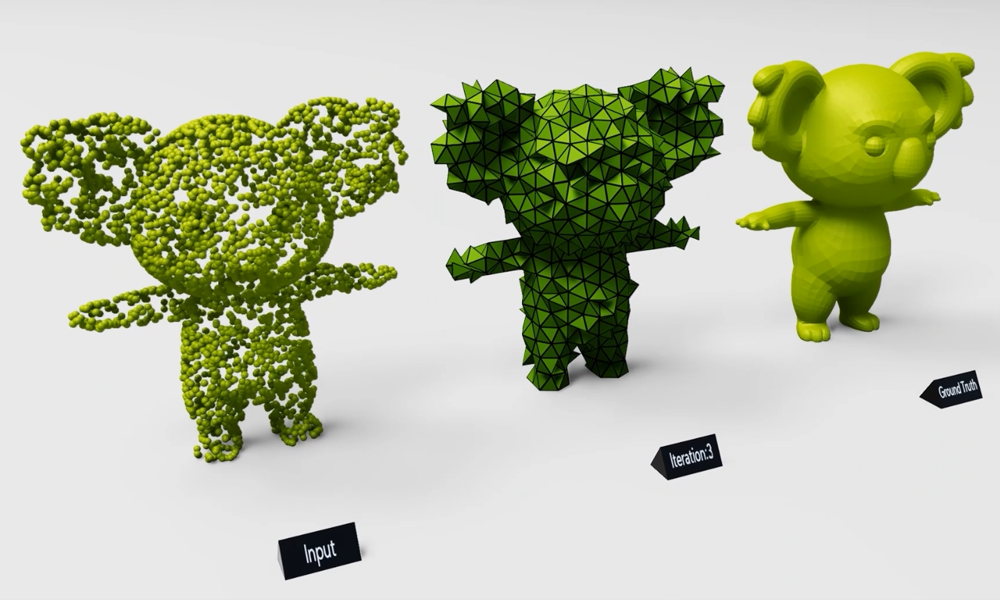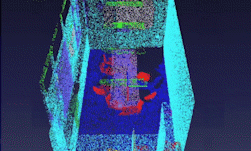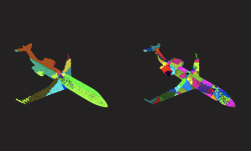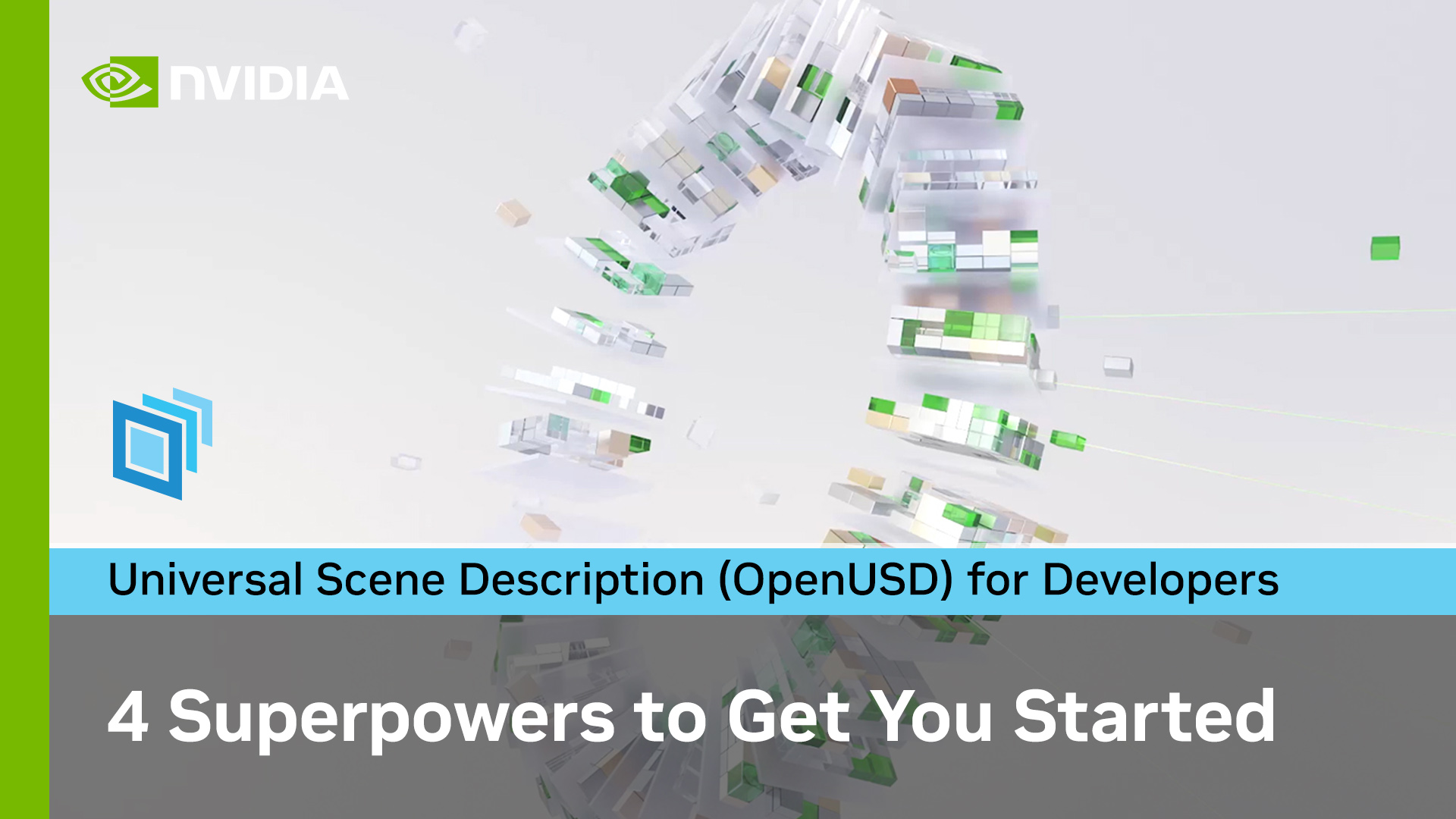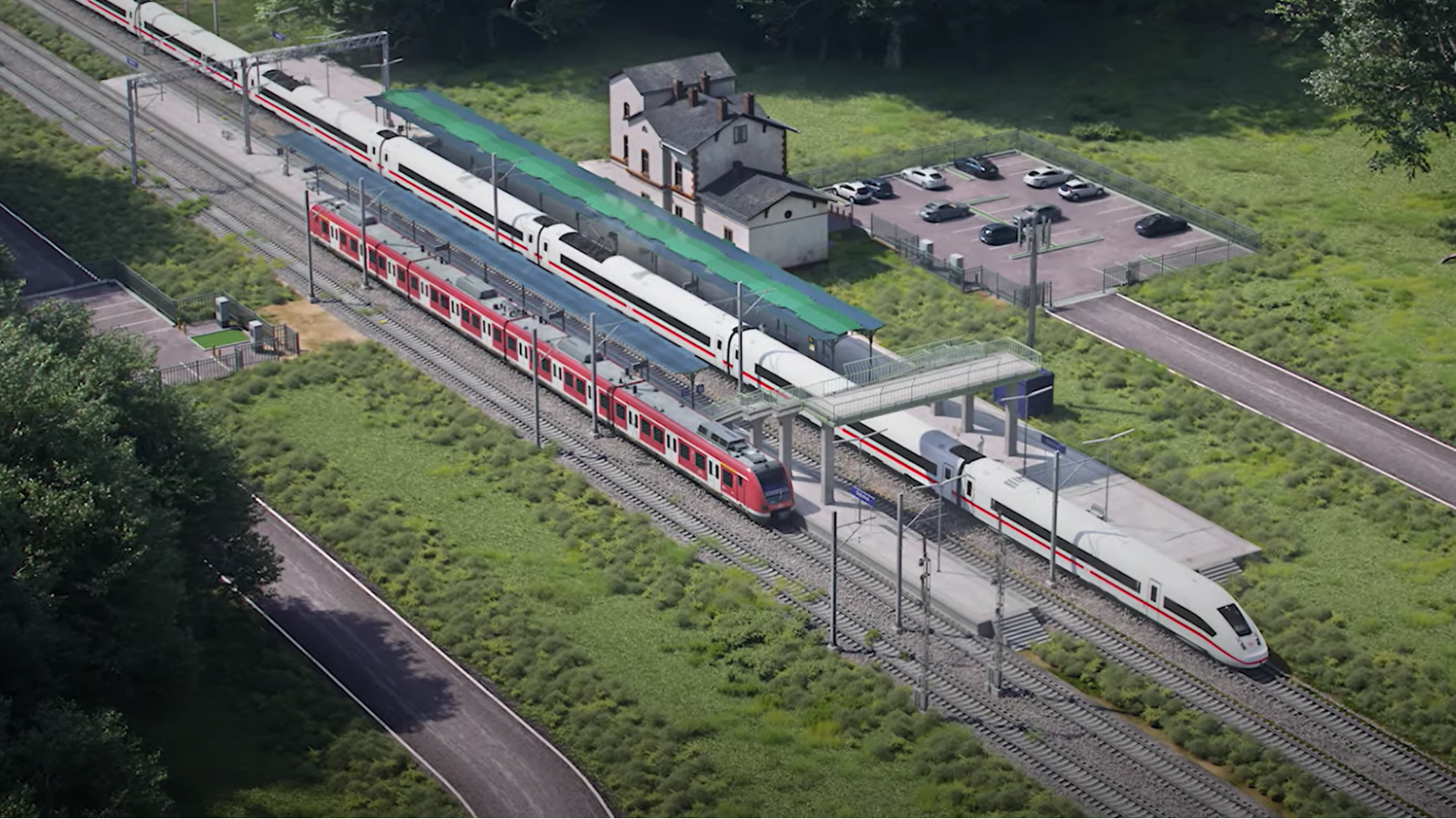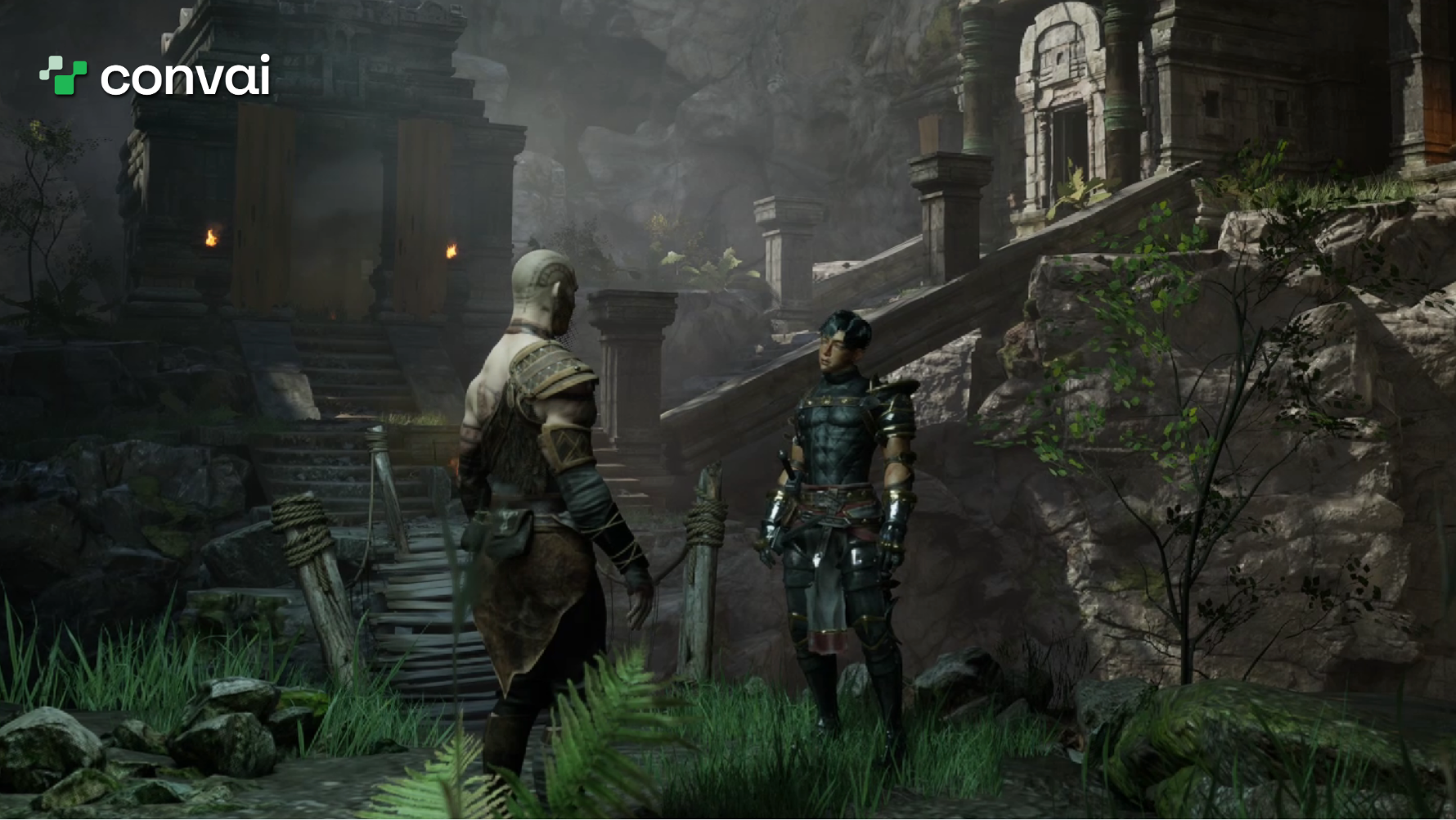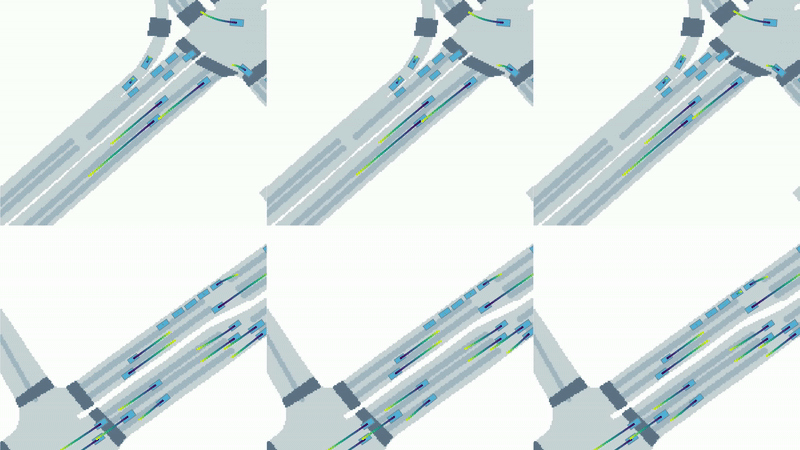3D deep learning researchers can build on the latest algorithms to simplify and accelerate workflows using the Kaolin PyTorch Library, available now.
NVIDIA Kaolin library, first released in November 2019, was originally written in the NVIDIA Toronto AI lab as an internship project. After writing repetitive boilerplate code and copying algorithmic components for several projects, the researchers started development of a PyTorch library bringing common functionality for 3D deep learning (3D DL) to one place. Since its first release, Kaolin library has grown into a mature codebase with robust and optimized utilities and algorithms for 3D deep learning.
The Kaolin library brings 3D deep learning researchers utilities to accelerate their workflows, as well as reusable research components to provide a basis for future innovations. For example, Kaolin simplifies handling and processing of complex 3D datasets used for training. It also includes writers for 3D checkpoints that can be visualized in a companion Omniverse Kaolin App with the latest NVIDIA RTX technology. And it provides building blocks like conversions between 3D representations, useful 3D loss functions for training, and differentiable rendering. The Kaolin team is dedicated to deliver continuous improvements and ship new algorithmic building blocks to power 3D DL innovation.
The latest Kaolin library release includes a new representation, structured point clouds (SPC), a sparse octree-based acceleration data structure, with highly efficient convolution and ray tracing capabilities. SPCs are useful for scaling up and accelerating neural implicit representations, popular in 3D DL research today. It also powers the latest version of NeuralLOD training, delivering up to 30x reduction in memory, and speeding up training time 3x.
It also includes a new lightweight Tensorboard-style web dashboard called Dash3D. Users can leverage this tool to inspect checkpoints of 3D predictions produced by DL models during training, even on remote hardware configurations.
The library release improves support for 3D datasets, including new datasets (SHREC, ModelNet), additional formats (.off) and speedups for the USD 3D file format, resulting in 5x improvement in load time efficiency during training over popular obj format. In addition, new tutorials for differentiable rendering and 3D checkpoints are included.
See official change log for additional details on Kaolin library release. Researchers can download the Kaolin library on GitHub today.
The library’s companion Omniverse Kaolin App is available through NVIDIA Omniverse. Download the NVIDIA Omniverse open beta today to get started. For additional support, join the Omniverse Discord server or the Omniverse forums to chat with the community.

